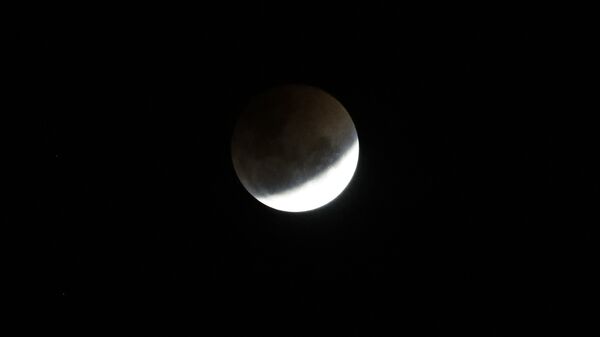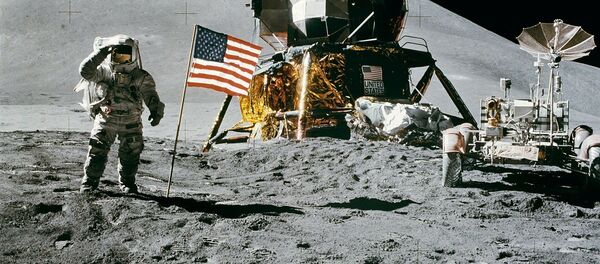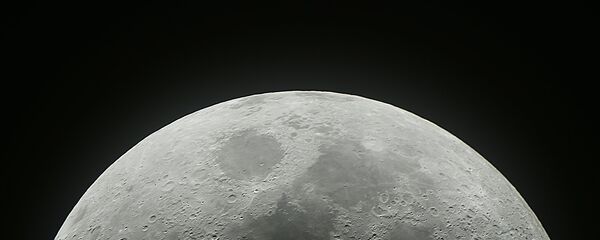According to a team of researchers at the University of Maryland, seismic data from Earth's only natural satellite indicated that the moon is not only seismically active, but shrinking as it cools down, and the two phenomena are related.
Their study was published in Nature Geoscience on May 13 and noted that sensory instruments left on the moon by US astronauts in the 1960s and 1970s recorded sizeable shakes, which the scientists analyzing the data traced to faults observed by NASA's Lunar Reconnaissance Orbiter (LRO), a robotic satellite orbiting the moon since 2009.
"We found that a number of the quakes recorded in the Apollo data happened very close to the faults seen in the LRO imagery," Nicholas Schmerr, an assistant professor of geology at the University of Maryland and co-author of the study, said in a press release. "It's quite likely that the faults are still active today. You don't often get to see active tectonics anywhere but Earth, so it's very exciting to think these faults may still be producing moonquakes."
"We think it's very likely that these eight quakes were produced by faults slipping as stress built up when the lunar crust was compressed by global contraction and tidal forces, indicating that the Apollo seismometers recorded the shrinking moon and the moon is still tectonically active," Thomas Watters, lead author of the research paper and senior scientist in the Center for Earth and Planetary Studies at the Smithsonian Institution in Washington, said in the press release.
"Much as a grape wrinkles as it dries to become a raisin, the moon also wrinkles as its interior cools and shrinks," the press release explains. "Unlike the flexible skin on a grape, however, the moon's crust is brittle, causing it to break as the interior shrinks. This breakage results in thrust faults, where one section of crust is pushed up over an adjacent section. These faults resemble small stair-shaped cliffs, or scarps, when seen from the lunar surface; each is roughly tens of yards high and a few miles long."
"For me, these findings emphasize that we need to go back to the moon," Schmerr said in the release. "We learned a lot from the Apollo missions, but they really only scratched the surface. With a larger network of modern seismometers, we could make huge strides in our understanding of the moon's geology. This provides some very promising low-hanging fruit for science on a future mission to the moon."
"The whole idea that a 4.6-billion-year-old rocky body like the moon has managed to stay hot enough in the interior and produce this network of faults just flies in the face of conventional wisdom," Watters said.
The moon isn't the only place in the universe other than Earth where seismic shaking has been observed — and come as a surprise to Earthling astronomers. NASA's InSight probe, which landed on Mars late last year with the goal of studying that planet's internal structure, recorded its first "marsquakes" last month, Sputnik reported.





